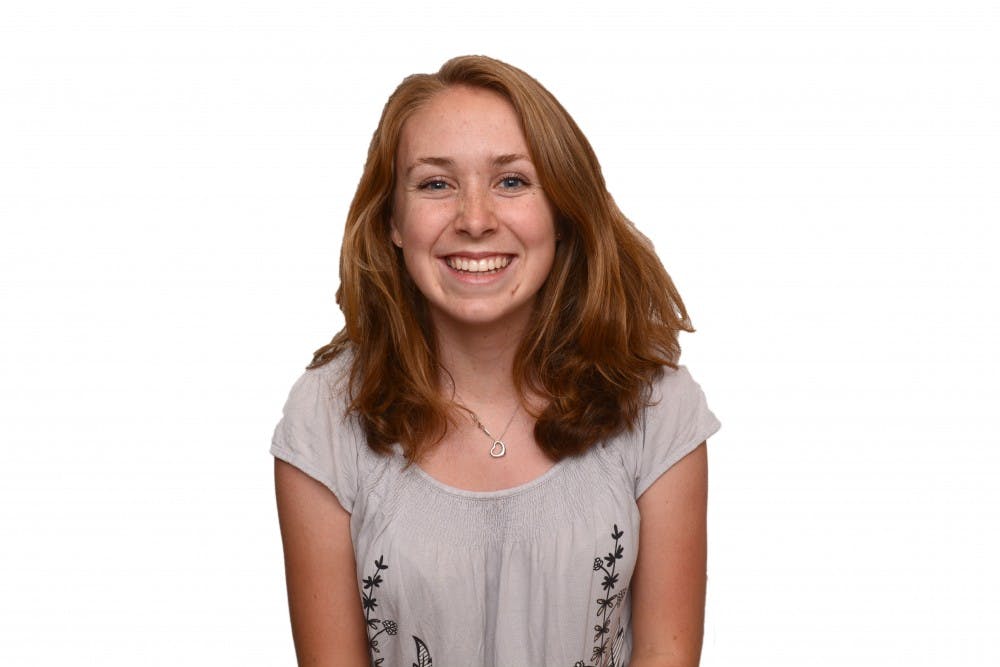When I learned that I had received a scholarship to study at the University of Cambridge this past summer, and consequently would be going to Europe for the first time in my life, I was so excited I couldn’t sit still. Over the remainder of the semester, I made a Google Doc with multiple different headings: “Things to do in Cambridge:” “Things to do in London.” I wrote down all the obvious things to see: Big Ben, Westminster Abbey, Houses of Parliament. I did endless “best restaurants” and “most fun museums” Google searches. By the time summer rolled around, I was ready and armed with a long list of things to do, eat and see.
Technology has transformed traveling. I can sit down at my computer and instantaneously find the opening hours of restaurants in France. I can look at pictures of random streets in Japan on Google Street View. I can find testimonies of all types of travelers relating which restaurants are best, which places have unfriendly staff, which hotels have the most comfortable beds. In a word, technology has made the world more accessible. Everything it has to offer is right there on your screen.
There were many times this summer when technology saved me. If my family and I had not had Siri while driving a stick shift through tiny back roads in France’s countryside, we’d probably still be there, trying to figure out which roundabout to take. But there were also many times when I felt that technology inhibited me: that its very presence was changing — and limiting — the way in which I was interacting with the world.
Because it’s all well and good to use Yelp to figure out which restaurants are good in a particular place and which ought to be avoided, but what about the fact that it often leads to standing on the sidewalk for 20 minutes, bemoaning the inconsistency of reviews and trying to figure out which place is really the best? And it’s all well and good to Google “cool non-touristy things to do in London” (which I did on multiple occasions) but doesn’t that, to some extent, defeat the whole purpose? Cool non-touristy things are, for the most part, found through wandering, through trying out different restaurants and bars and events and just seeing how they go. They are found through being open — through being willing to have both good experiences and not-so-good ones.
What all this Googling and Yelping of “Best Restaurants,” “Coolest Things to Do,” “Top 10 Museums,” really boils down to is our quest to make our experiences as perfect as possible. We want every meal to be the best. Every monument to be the biggest, most important, most famous. Every picture we take to be the most picture-perfect. We don’t want to waste the little time we have in a particular place on something mediocre, so we instead search for all of that place’s superlatives and set our sights on those.
And it is only natural that we should want the best experience possible, whether we’re traveling in a different country or trying to pick a restaurant to go to in Center City on a Friday night.
But we also have to remind ourselves that we cannot ensure the perfectness of all of our experiences and that, in fact, so much of the fun in traveling — and in life — comes from the unexpected, comes from happening across a hole-in-the-wall restaurant that serves amazing food, comes from going to a random event that leads you to meet someone you wouldn’t have ordinarily, comes from taking walks with no particular destination in mind as opposed to always taking the shortest path between destinations A and B.
The thing about the Internet is that it has essentially made the concept of the unexpected an outdated one. It has made most things expected by making them known quantities. We know what we’re going to get before we go. And that’s helpful — it’s reassuring — but it’s also boring.
As students in the 21st century, we’re taught to be efficient. And in many ways, our efficiency is made possible by the internet’s instantly accessible resources — which is good, because if there’s anything Penn students need more of, it’s time. We don’t, after all, have time to take walks without purpose; nor can we afford to waste time searching city blocks for a restaurant that looks appealing. But then again, how much time did we spend online finding that perfect restaurant in the first place? And how much time are we going to take coming up with the perfect post to share on social media so that everyone else knows we went to that perfect restaurant, and had such a perfect time while we were there?
EMILY HOEVEN is a College junior from Fremont, Calif., studying English. Her email address is ehoeven@ sas.upenn.edu. “Growing Pains” usually appears every other Tuesday.
The Daily Pennsylvanian is an independent, student-run newspaper. Please consider making a donation to support the coverage that shapes the University. Your generosity ensures a future of strong journalism at Penn.
DonatePlease note All comments are eligible for publication in The Daily Pennsylvanian.






